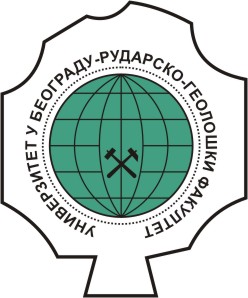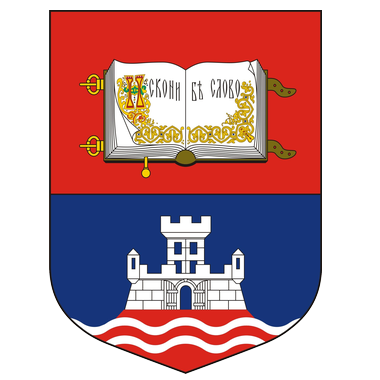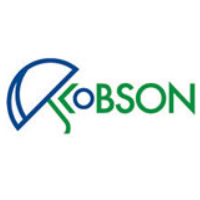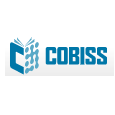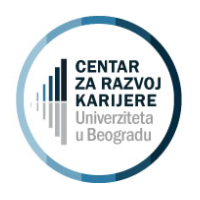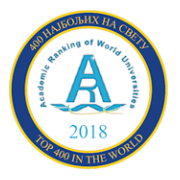Study program:
Minerology and Crystallography (VIII semester -MsC) |
|
Name of subject: Applied Crystallography |
Instructors:
Prof. Sabina Kovač |
|
Status: Optional |
|
ECTS: 5 |
|
Prerequisites: Geometrical Crystallography, Crystallochemistry |
Course Objectives:
The aim of this course is to learn the basic methods for qualitative and quantitative determination of the composition of sinlephase and polyphase samples, calculating the parameters of the unit cell and microstructural parameters using X-ray powder diffractogram and crystallographic programs. |
Learning Outcomes:
During this course, students will learn to: determine the phase composition, determine and show the results of a qualitative and quantitative phase analysis, use different programs and methods for calculating the parameters of the unit cell and microstructural parameters, use the files and calculate the theoretical difractogram from known structural data. |
Content:
Theory teaching
Introduction to Applied Crystallography. X-ray diffraction methods and their application in the investigation of various materials. X-ray radiation. Properties of electromagnetic waves. Monochromators. Diffractometer for polycrystalline materials. Preparing and setting the sample. Determining the position of the pic. Determination of base line. Determination of the K2 line. Calculation of the d-value from 2 position. Effects on intensities: crystal structure, sample, measurement. Qualitative analysis or phase identification. Search procedures and JCPDS files. Accuracy of data. Quantitative analysis. Methods of quantitative analysis. Classical methods and Ritveld method in quantitative analysis. Crystallographic databases and their application. Determination of the unit cell parameters from the powder diagram. Changing parameters in the function of defining unorganized structures. Analysis of the width of the diffraction lines. Determination of microstructural parameters: the size of crystallite and micronutrients. Applied crystallography in other sciences and industry. Computer programs for collecting, processing and interpretation of collected data. Calculating a powder diagram from a known structure. The basic principles of the Rietveld method. Practical teaching
Exercises are followed by lecture units. |
Suggested Reading List:
- Karanović Lj., (1996) Primenjena kristalografija, Univerzitetski udžbenici 10, Beograd.
- Pecharsky, Vitalij K. and Peter Y. Zavalij, (2005) Fundamentals of powder diffraction and structural characterization of materials, Springer Science+Business Media, Inc., 233 Spring Street, New York, NY 10013, USA, ISBN 0-387-24147-7 (Soft Cover), E-ISBN
- West, A. R., (2000) Basic Solid State Chemistry, (second edition) J. Wiley and Sons, Chichester
- Powder Diffraction Theory and Practice (2008) Edited by Robert E. Dinnebier and Simon J. L. Billinge, Published by The Royal Society of Chemistry
- Bish, D. L., Post J. E. (Eds.), (1989) Modern Powder Diffraction, Reviews in Mineralogy, Vol. 20, 145 p, Mineral. Soc. America, Michigan; West, A. R. (2000), Basic Solid State Chemistry, J. Wiley and Sons, Chichester
|
Conduct of the Course:
Students will learn from lectures, exercises, practical tasks and seminars. |
Fund hours:
| Lectures |
Exercises |
Other forms of teaching |
Study research |
| 2 |
2 |
0 |
0 |
|
Assessment:
| Final Exam |
ECTS |
| Oral Exam | 40 |
| Classwork Assessment |
ECTS |
| Class Participationа | 10 | | Practical Classes | 10 | | Written tests | 30 | | Seminars | 10 |
|
|
Additional Assessment Criteria: - |
|
|
